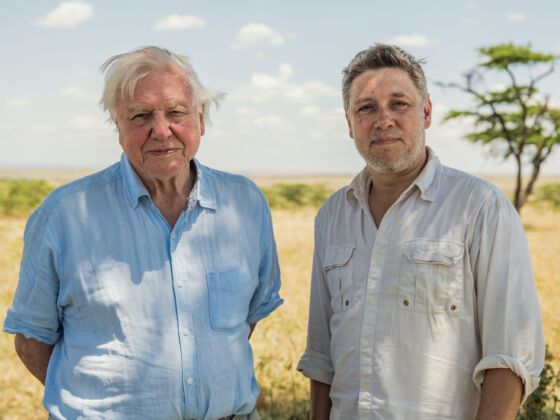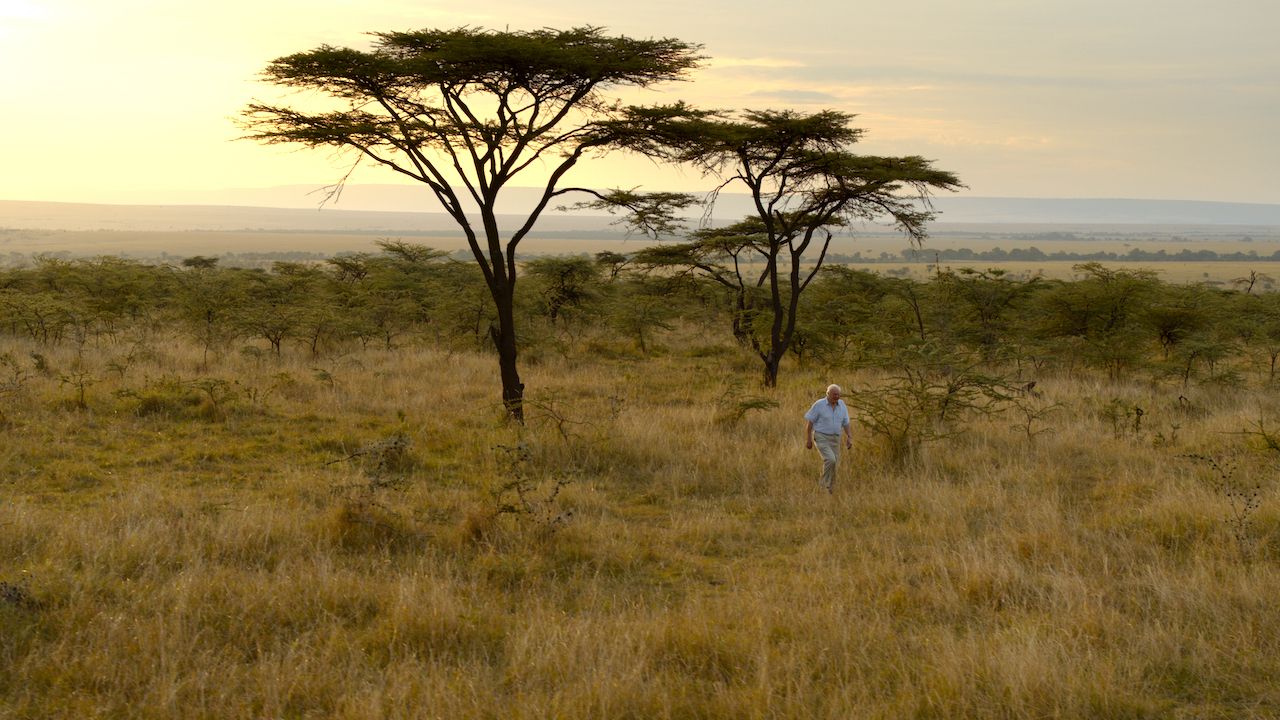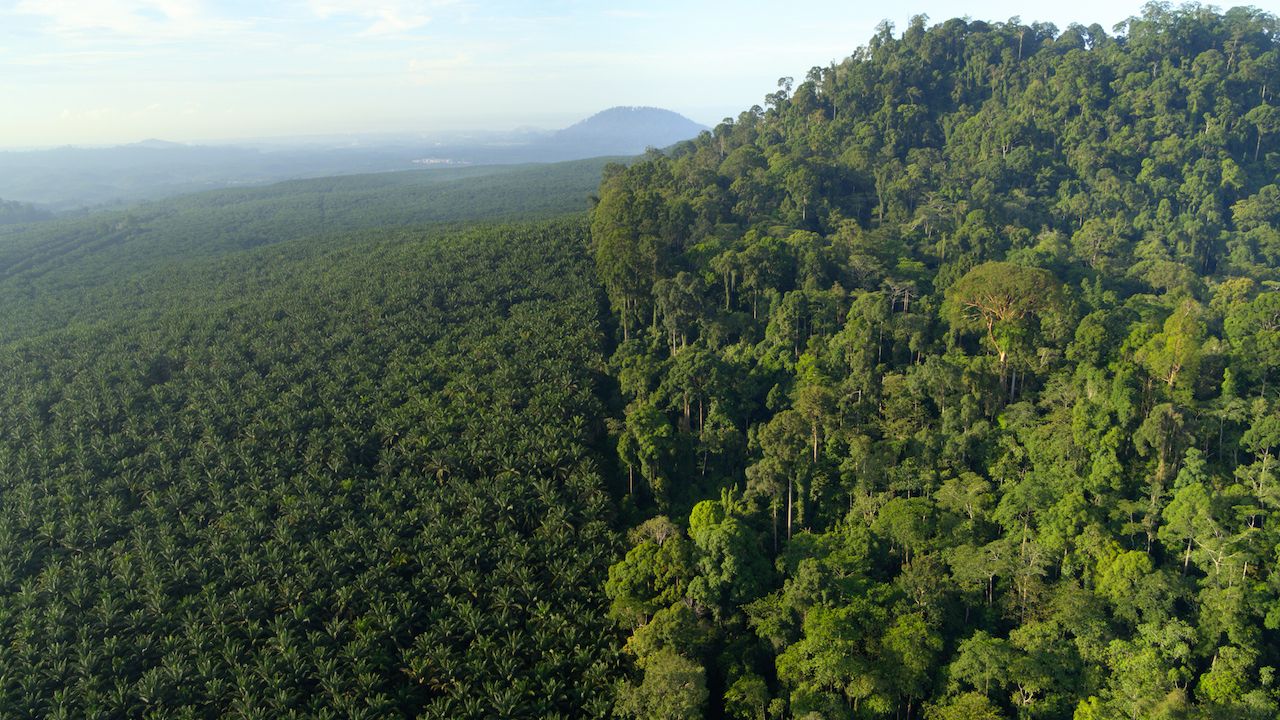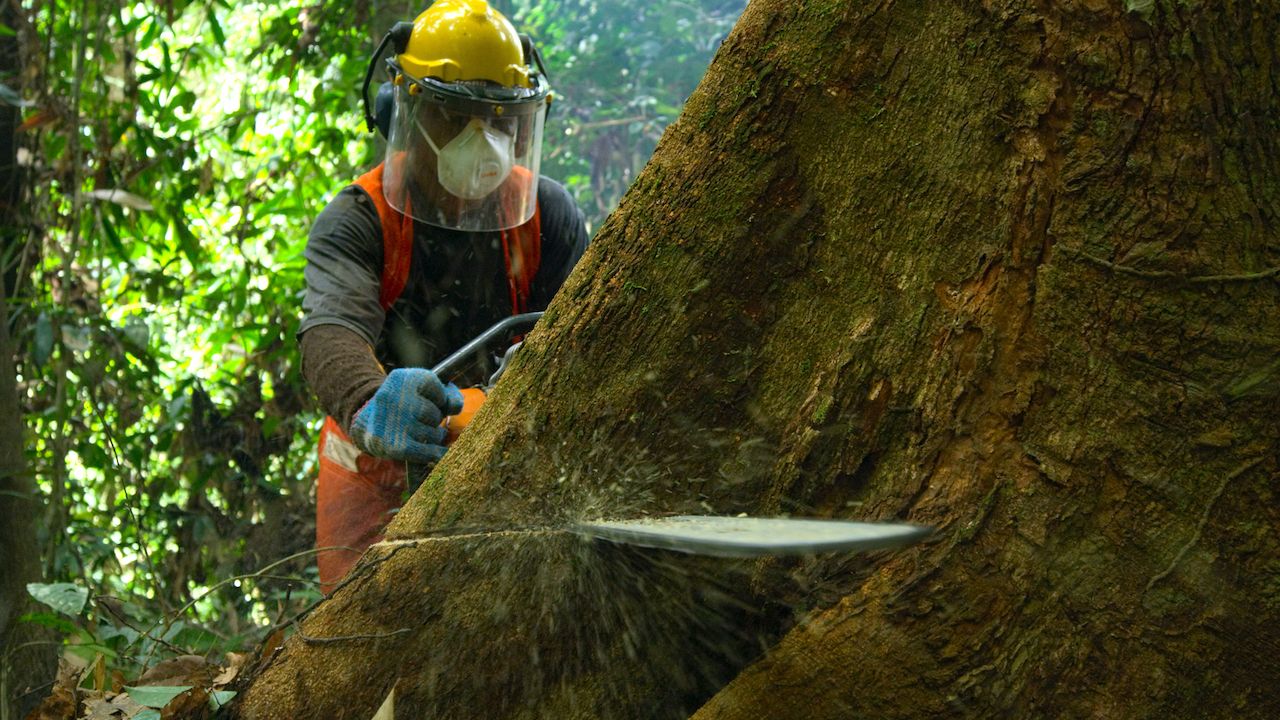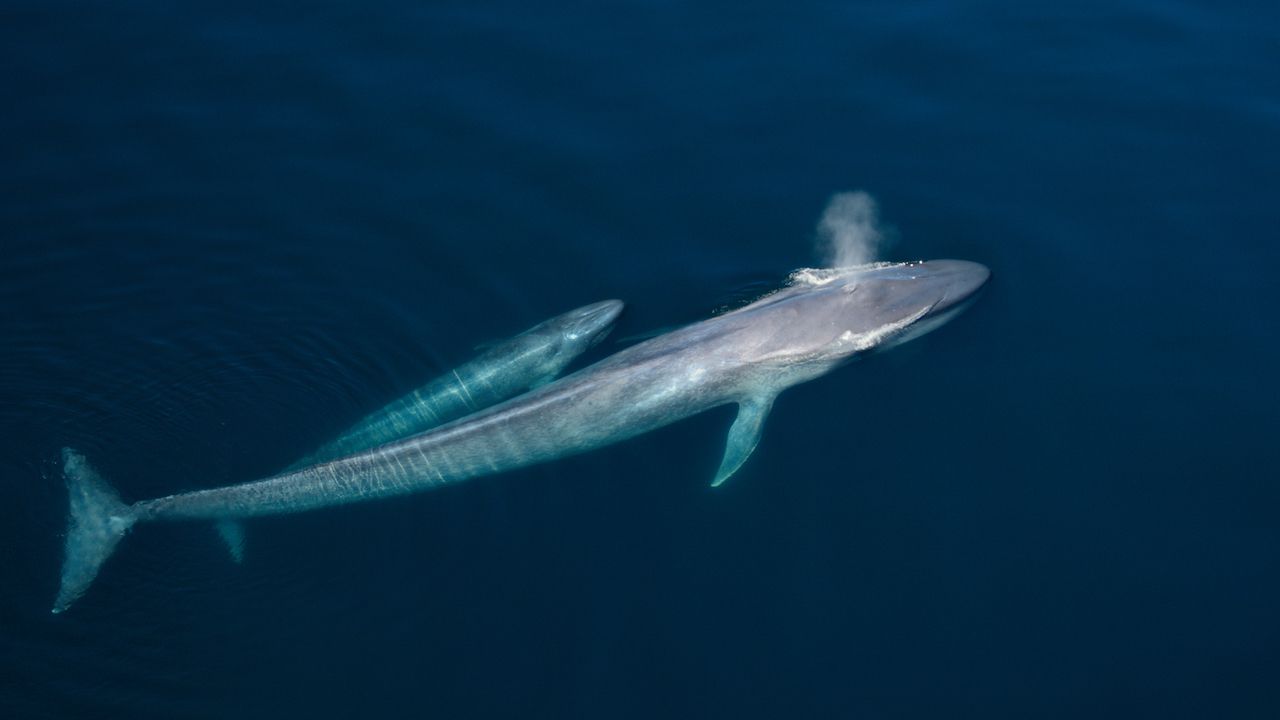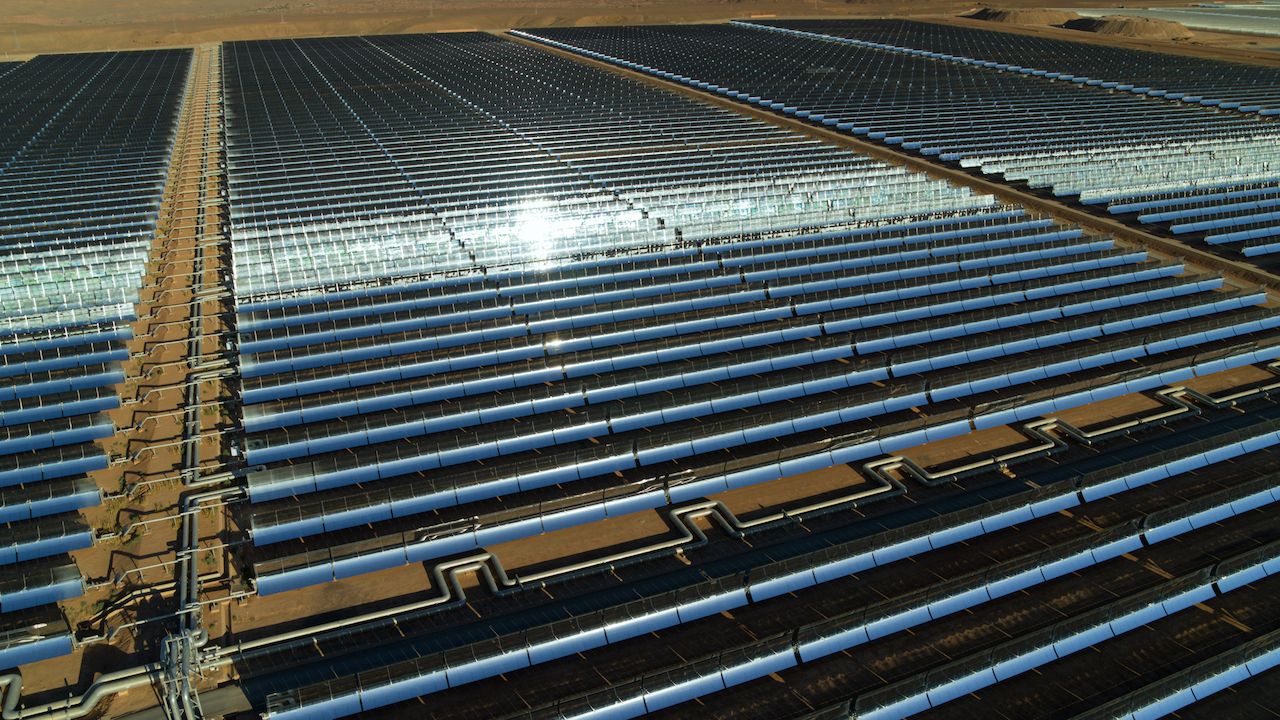“I do hope that people will leave hopeful,” says Jonnie Hughes, director of David Attenborough’s new film A Life On Our Planet, which premieres on Sunday, October 4, on Netflix. “I would like them to feel energized to make changes but also demand changes as well.”
Leaving the viewer hopeful seems a tall order, given the film chronicles the rapid devastation of our planet’s wildlife in just one lifetime — albeit a long one. Attenborough is 94 years old, and he’s been making nature films since the 1950s. The narrator behind such celebrated series as Our Planet and Blue Planet is widely seen as one of the world’s top authorities on wildlife. In fact, when he opened an Instagram account this week, he hit a million followers faster than anyone else has.
